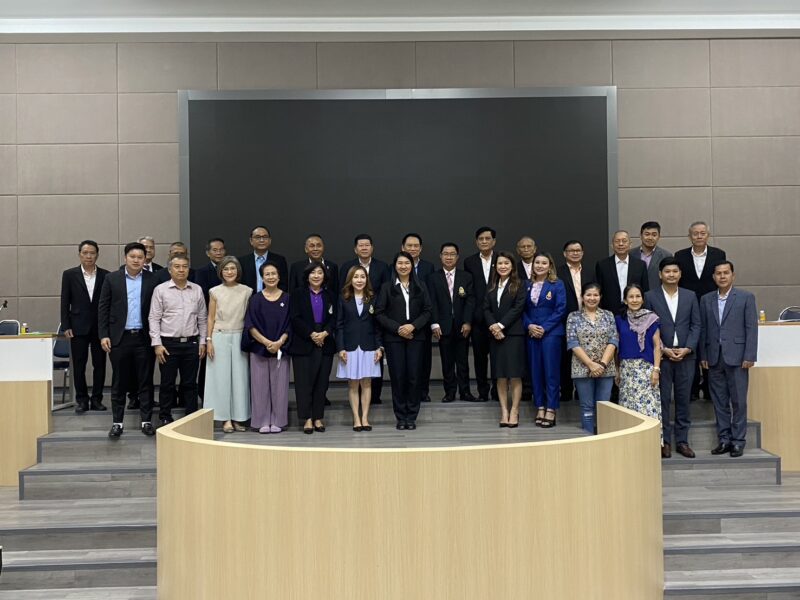
Deloitte Global report identifies barriers to digital transformation across manufacturing, power, oil & gas, and mining industries
As the Fourth Industrial Revolution (Industry 4.0) expands the possibilities of digital transformation, business executives foresee sweeping changes. A new Deloitte Global report released today, “The Industry 4.0 paradox: Overcoming disconnects on the path to digital transformation,” finds that businesses plan to invest heavily in digital transformation, but strategic and operational paradoxes threaten to hamper these efforts.
The Deloitte Global survey of more than 350 executives in the manufacturing, power, oil & gas, and mining industries, explores how organizations in these sectors are investing—or planning to invest—in digital transformation, some of the key challenges they face in making such investments, and how they are forming their technical and organizational strategies around digital transformation. The survey uncovers that while organizations are enthusiastic about the potential of digital transformation impacting their business, there are disconnects between organizations’ plans and actions in four key areas: strategy, supply chain transformation, talent readiness, and drivers for investment.
“As organizations seek digital transformation they must consider a range of questions—from what they hope to transform, to which advanced technologies best suit their needs. But it is also critical to understand that digital transformation cannot happen in a vacuum. It does not end simply with implementing new technologies and letting them run,” says Tim Hanley, Deloitte’s Global Industrial Products & Construction leader. “Rather, true digital transformation becomes central to the organization, touching upon every aspect of the company.”
“Digital transformation is not a one-size-fits-all process. Organizations are striving for balance between improving current operations and unleashing the transformative capabilities afforded by Industry 4.0,” says Mark Cotteleer, managing director of Deloitte’s Center for Integrated Research. “To successfully align planning and investment with action, digital transformation should be baked into an organization’s strategic outlook and operational framework. Those best equipped for Industry 4.0 will fully embrace the transformative potential of technology at every level of the organization.”
“In Southeast Asia, there has been a mix of enthusiasm and ambitious plans for future investment in digital transformation,” comments Ng Jiak See, Deloitte Southeast Asia’s Energy, Resources & Industrials Leader. “However, with an ever-proliferating list of technologies, it can be challenging for players to determine, prioritize, and invest in the tools that can best help them meet their strategic objectives. As a result, many organizations remain frozen in place, fending off competitive pressures by isolating their technology usage to defending and maintaining their current positions.”
As Industry 4.0 takes shape in nearly every organization, the study reveals four core paradoxes:
• The strategy paradox. Nearly all respondents (94 percent) indicated that digital transformation is an organizational imperative, yet many fewer – 68 percent of all respondents and 50 percent of CEOs – see it as an avenue for profitability. This indicates that while survey respondents may associate operational improvements with strategic growth they do not necessarily associate digital transformation with revenue growth resulting from R&D-driven new products or business models. Many seem to view digital transformation as a “defensive” investment to protect, rather than grow their business. Starting small and expanding beyond defensive spending can unlock new organizational capabilities, and move an organization along the path toward innovation.
• The innovation paradox. Executives report that digital transformation initiatives are primarily driven by productivity improvement and operational goals – that is, using technology to complete existing tasks more efficiently. However, organizations should expand their drivers for investment, as an increased desire for innovation are about as likely to bring positive ROIs. This is increasingly important as organizations stand to be left behind by competitors embracing innovation as the key driver for investment.
• The supply chain paradox. Executives identified the supply chain as the top area for future investment, but only 34 percent of respondents view the supply chain as a driver of innovation and, surprisingly, only 22 percent of Chief Supply Chain Officers (CSCOs) played a key role in digital transformation decision making. Organizations should look to elevate the CSCO role and align their supply chain function within broader strategic objectives.
• The talent paradox. Survey respondents generally believe they have the right talent in place to support digital transformation – only 15 percent of respondents indicated they need to dramatically alter the composition and skill sets. Finding, training, and retaining the right talent was still the most widely-cited organizational and cultural challenge. Interestingly, the results revealed that the more respondents use these transformative technologies, the more likely they are to be satisfied with their organization’s current state of talent. At its most polarizing, those that interact with these technologies on a daily basis believe their organization has the proper talent in place 92 percent of the time, while those who have little to no interaction with digital technology see the greatest gap in talent and development (only 42 percent believe the right talent is currently in place). Since digital transformation deeply affects talent, organizations should stay ahead of talent needs, make upfront investments in talent development, and involve employees in the digital integration process.
The key to unlocking the potential of Industry 4.0 is fully harnessing information from connected assets to drive decision-making, a process known as the physical-digital-physical (PDP) loop. Ninety percent of survey respondents shared that their organizations gather data from the physical world, but far fewer report the ability to analyze this information and only about half share that they can act upon data in real time. Closing the PDP loop should be considered a primary objective of organizations as they invest in digital transformation.
Deloitte’s research shows that organizations across manufacturing, power, oil & gas, and mining understand the opportunities Industry 4.0 presents. Building more connected, responsive, and intelligent operations will enable them to overcome barriers and find a path that truly embodies the promise of Industry 4.0.
Methodology
Deloitte fielded a global survey of 361 executives in 11 countries in the Americas, Asia, and Europe. The survey was fielded in the spring of 2018 by Forbes Insights, and captured insights from respondents in aerospace and defense, automotive, chemicals and specialty materials, industrial manufacturing, metals and mining, oil and gas, and power and utilities. All survey respondents were director level or higher, including CEOs (4 percent), CFOs (13 percent), COOs (9 percent), CDOs (5 percent), CIOs (7 percent), CTOs (5 percent), CSCOs (4 percent), Business Unit Presidents (5 percent), EVPs/SVPs (7 percent), Vice Presidents (11 percent), Executive Directors/Senior Directors (9 percent), and Directors (21 percent). All executives represented organizations with revenue of $500 million or more, with more than half (57 percent) coming from organizations with more than $1 billion in revenue.






